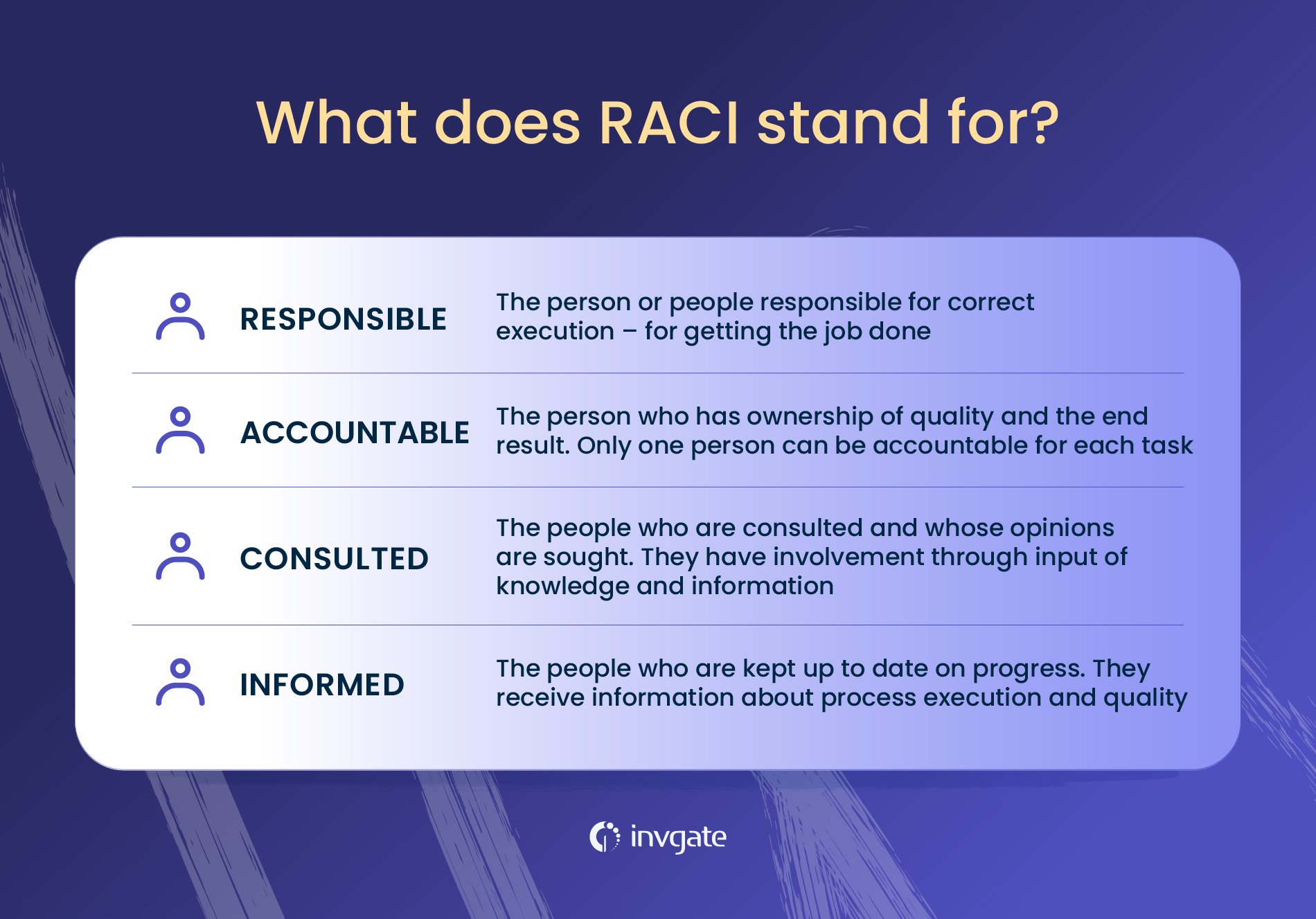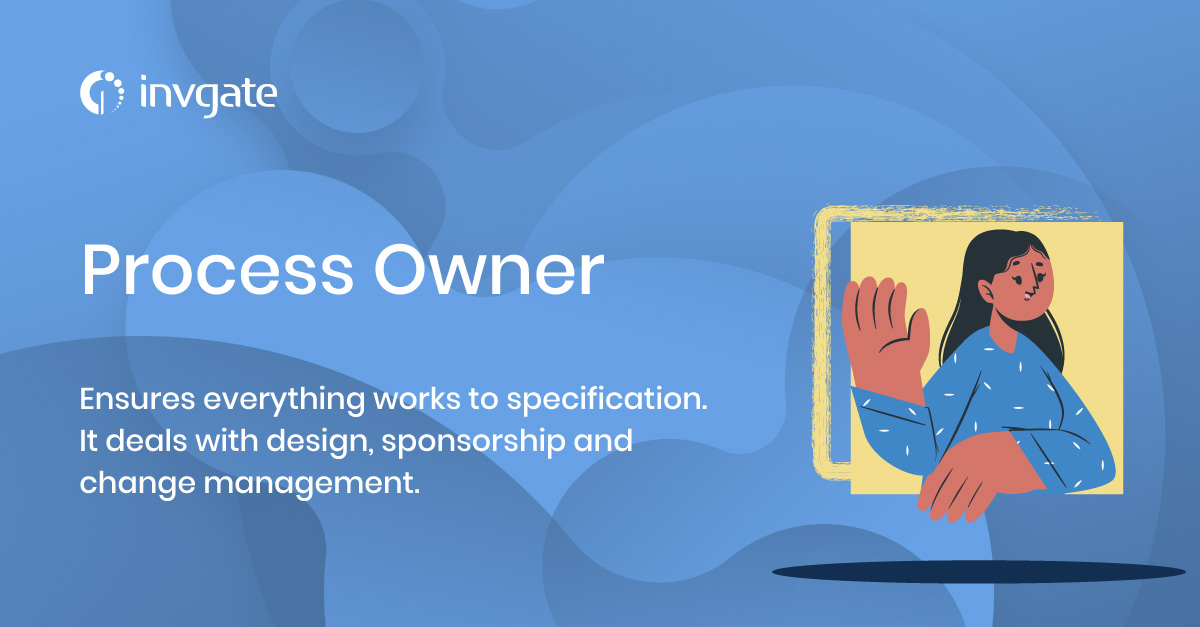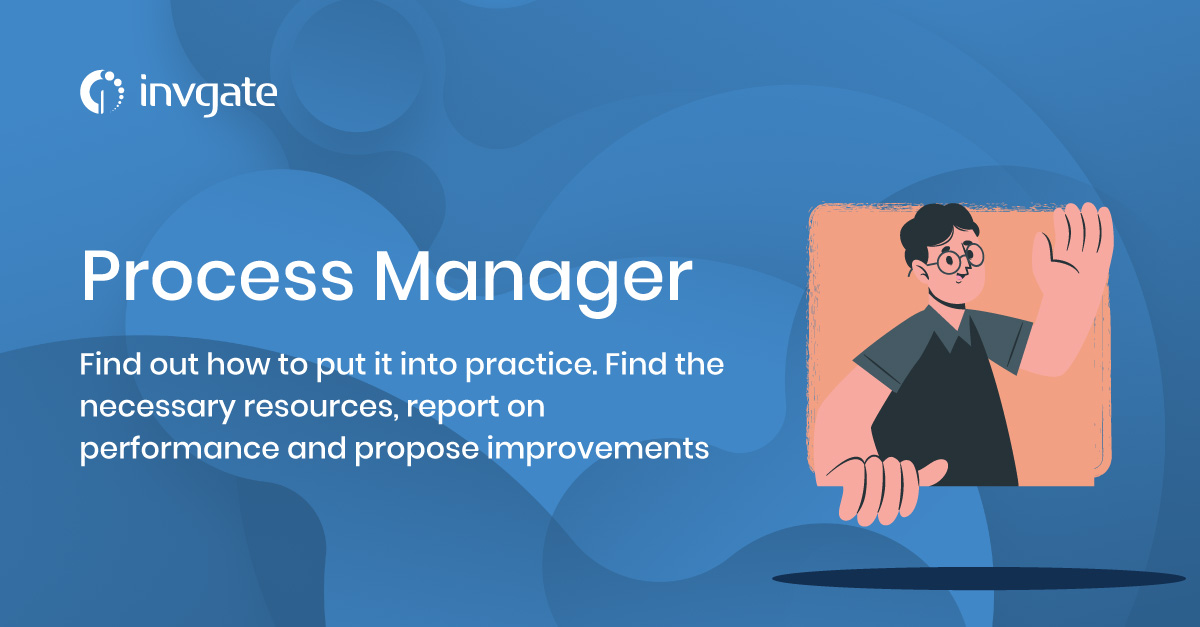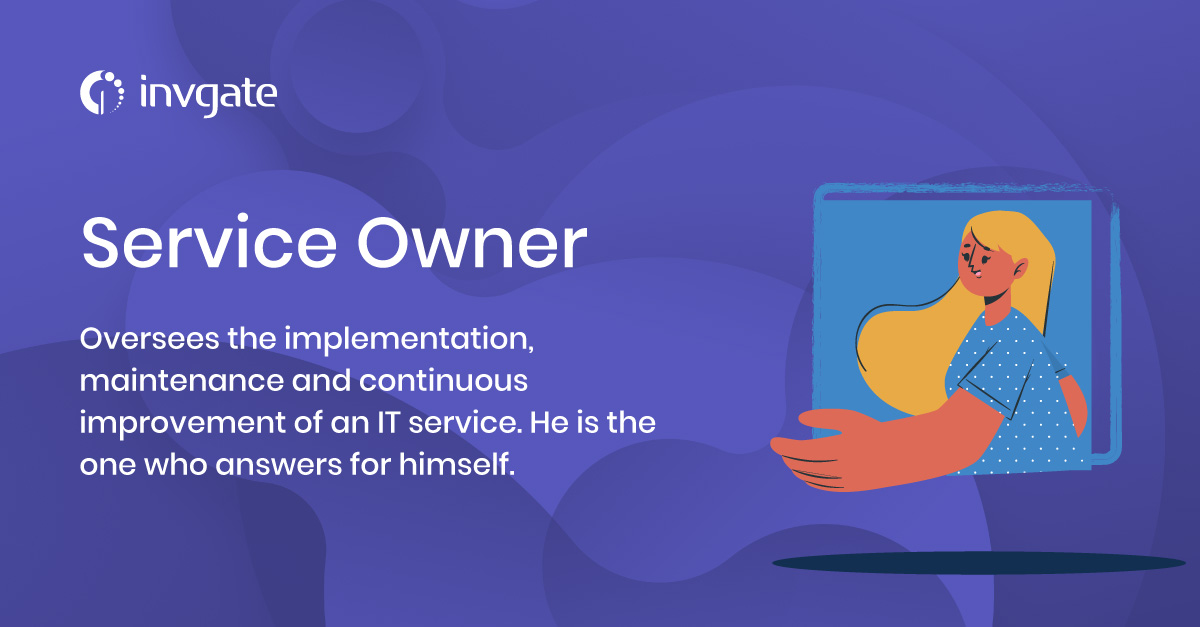With the creation of IT service management (ITSM) capabilities, you’ll find that role types are an important aspect to include; because, after all, you can’t get anything done without the right people (and with those right people knowing exactly what they should and shouldn’t be doing).
To help, ITIL offers up a number of generic role types that are then applicable across its various ITSM processes (or capabilities) – where these are then specific, rather than generic, roles, i.e. the generic roles become specific when attached to a certain ITIL process such as incident management.
These generic role types were created in order to assign responsibility to individuals and/or teams, and organizations will often use a RACI matrix to help them do this. Where RACI stands for:
- Responsible
- Accountable
- Consulted
- Informed

And an important thing to appreciate, with RACI, is that responsibility might be with just one person or a team. Whereas a team can never be held accountable – and accountability should only ever rest with individual roles.
This role-based structure can also be viewed from the bottom up, with each of ITIL’s key specific roles (which relate directly to the process, or capability, they’re a part of) mapping to a generic role. For example, an incident manager is a specific ITIL role that’s directly involved with the incident management process. The generic version of this ITIL role is: process manager, with this being one of four generic ITIL roles.
To help you understand these four generic roles and the part they play in ITSM, this blog post provides an overview of the four roles, what they are, and what they’re responsible for.
The 4 Generic ITIL Roles
The four generic ITIL roles are:
It’s important to remember that these roles are not directly related to job titles. And that the ITIL-adopting organization will choose a suitable job title – relative to their internal hierarchy and terminology – for the role an employee takes on.
Roles also don’t necessarily equal headcount. For example, in a smaller organization, it’s quite common for one employee to take on more than one role.
Let’s take a look at each generic role in more detail.
1. Process Owner

Example role: Head of Service Operations
Example processes owned: Incident management, request fulfilment, access management, event management, and problem management.
The process owner’s main responsibility is to make sure the process they own operates as intended.
The process in question will ideally have been agreed upon by various people within the organization and then documented. As part of this, the process owner needs to ensure that this agreed process is able to meet the original aims and objectives that were set for it and also ensure that the process is carried out as per the agreed specification.
It’s possible for a process owner to own more than one process as shown in the example role above. And which process is owned by which role will vary across organizations and is dependent upon the size and maturity of the business.
Using the above example, it would be the job of the Head of Service Operations to ensure that each process under their belt is being carried out as agreed and meeting its objectives. For example, as process owner of the access management process, it would be their responsibility to ensure that the process is successful in controlling access to applications in line with the company’s security policy.
The process owner is also accountable for the design, sponsorship, and change management of their respective process plus the associated metrics.
Additional process owner responsibilities and accountabilities include:
- Process-related communications – the process owner must raise and maintain awareness of the process, including communicating information about, and any changes to, the process
- Resource provision – the process owner will provide the resources required to carry out the activities of the process and ensure that other people involved fully understand their roles
- Improvement activity – highlighting improvement opportunities, and helping to deliver them, is a key accountability factor for any process owner as well as identifying and resolving process issues
- Periodical process reviews – the process owner should hold regular process reviews to both keep the process up-to-date and to ensure that it’s being invoked as intended
- Periodical process audits – if necessary, the process should be audited regularly to make sure that it’s compliant with internal and/or external requirements. To do this, the process owner will need to create process-based policies and ensure that they’re adhered to.
2. Process Manager

Example role: IT Service Desk Manager
Example processes to manage: Incident management and request fulfilment
Process managers should collaborate with the owner of the process to work out how activities will be carried out and are then accountable for ensuring they take place.
Depending on the size of the organization, the process manager might be the same person as the process owner. But generally, in larger companies, these two roles will be separate.
There’s also the potential that one process might have more than one manager. For instance, a single process might be carried out in different locations, such that each location could require a separate process manager.
In the example above, the IT Service Desk Manager manages the incident management process and is therefore accountable for ensuring the process is successfully being followed.
In this role, the IT Service Desk Manager will work closely with the employees who are carrying out the activities in relation to incident management to ensure everything runs smoothly. If an issue arises within the process it will be the job of the IT Service Desk Manager to take this forward and to work with the process owner to address the issue.
Additional activities for the process manager include:
- People management – hiring the people required to carry out the activities of the process and managing the collected team
- Process management – making sure the process runs smoothly and is effective on a day-to-day (and on a month-to-month) basis
- Performance reporting – checking that the process is working and reporting on its performance
- Process improvement – working alongside the process owner to help identify and implement process improvements
FAQ: Process Owner vs Process Manager
The process owner’s main responsibility (Head of Service Operations) is to make sure the process they own operates as intended, while the process manager (IT Service Desk Manager) should collaborate with the owner of the process to work out how activities will be carried out and are then accountable for ensuring they take place. Depending on the size of the organization, the process manager might be the same person as the process owner. But generally, in larger companies, these two roles will be separate.
3. Process Practitioner

Example role: IT Service Desk Agent
Example processes involved with: Incident management and request fulfilment
Process practitioners are the people who carry out the core activities of a process.
In some organizations, the process manager might also carry out some, or all, of the activities that the process practitioner is responsible for. They’re also accountable for maintaining records to show that the appropriate activities have been carried out.
The IT Service Desk Agent is a good example of a process practitioner; they aren’t accountable for the process itself, but they are accountable for following the process and ensuring the correct activities are carried out.
Let’s say that the IT Service Desk Agent needs to handle an access request. To follow the process correctly the agent must ensure that they have all of the relevant information from the customer, along with the correct authorizations in place. Once they have conducted these activities they can move on to granting access and resolving the ticket. They’ll be accountable for ensuring that each of these activities has been completed and documented as proof.
Process practitioners work closely with service users, customers, line management, and co-workers to ensure that the process is effective. They must also have a full understanding of how their role fits within the IT and parent organizations and the value that they provide.
4. Service Owner

Example role: IT Comms Services Manager
Example services owned: Comms channels
The service owner role is essential in ITSM. Service owners are primarily responsible for the initiation of a new IT service along with its transition into production and continued upkeep.
Service owners ensure that their service is delivered within agreed service levels – thanks to service level agreements (SLAs) – and are responsible to the customer at all stages of the ITIL service lifecycle. Ultimately, service owners should ensure that the services provided, by the IT organization, are focused on, and meet business needs.
It’s possible for a service owner to own multiple services and they’ll often lead a team of specialist technical people dedicated to their service(s).
An example of a service owner is the IT Comms Services Manager or Network Manager. This is an example of a role that has multiple services to manage and is likely to have a team of specialists working with them.
As service owner for all of the comms channels within the business, this manager must ensure that these channels are fulfilling business requirements and will need to work hard to keep them up-to-date and relevant as the business’ needs change over time. Any issues related to any of the comms channels will be directed to the service owner who will need to work with their team to resolve (the issues).
The full accountabilities of a service owner are similar to that of a process owner in that they must look after any changes, identify and implement improvements (to the service), and communicate when needed to make people aware of what’s happening (with the service). They also need to regularly review and audit their service to stay up to date with business needs and remain compliant with both internal and external requirements.
Hopefully, this overview has given you an idea of the four generic types of roles available within ITIL and ITSM. If you want to understand more, please let us know in the comments.














.jpg?upsize=true&upscale=true&width=780&height=205&name=ITIL%20Foundation%20Exam%20(2).jpg)
